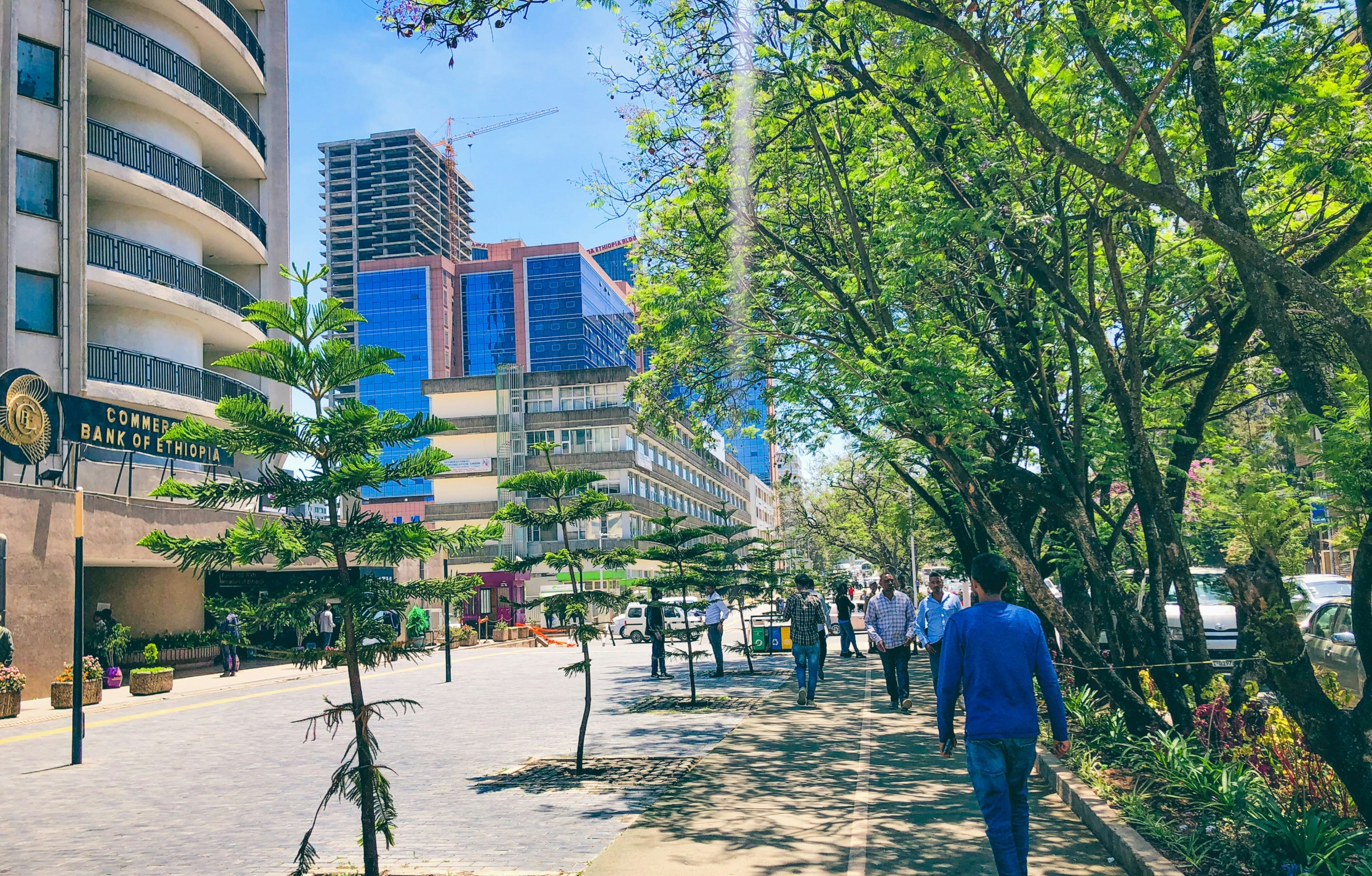The Rapid Economic Development in Ethiopia
 Ethiopia is a low-income country in the Horn of Africa. It is one of the world’s oldest countries, but the territorial borders have changed multiple times during its existence. The country has a history of conflict and war. In 2020, a civil war broke out in the country, which lasted for two years. Not long before this war started, the long-lasting conflict with Eritrea ended. Ethiopia also has a history of famine and poverty. However, in the last few years, the economic development in Ethiopia has been booming and the economy continues to grow.
Ethiopia is a low-income country in the Horn of Africa. It is one of the world’s oldest countries, but the territorial borders have changed multiple times during its existence. The country has a history of conflict and war. In 2020, a civil war broke out in the country, which lasted for two years. Not long before this war started, the long-lasting conflict with Eritrea ended. Ethiopia also has a history of famine and poverty. However, in the last few years, the economic development in Ethiopia has been booming and the economy continues to grow.
About Poverty in Ethiopia
Ethiopia is one of the poorest states in Africa and the second-most populated country after Nigeria. According to the United Nations Development Programme (UNDP), approximately 68% of Ethiopia’s population was multidimensionally poor in 2021. Poverty has various adverse effects on the country, including the prevalence of serious diseases.
The population is highly susceptible to diseases such as malaria, HIV, tuberculosis and noncommunicable diseases (NCDs). In 2019, NCDs caused 43% of deaths in Ethiopia. Furthermore, its average gross domestic product (GDP) per capita is $1,028 as of 2022 and a significant portion of the population struggles to access an adequate food supply. This widespread food insecurity in Ethiopia is attributed to overall poverty, droughts and past conflicts, among other factors.
Economic Growth
Ethiopia is experiencing rapid economic growth, with an impressive 7.2% increase in the 2022/23 fiscal year. The country has made significant progress in reducing poverty. Between 1995 and 2015, the percentage of Ethiopians living below the international poverty line decreased from 69% to 27%. The list below showcases the main reasons why Ethiopia’s economic development is booming:
- In 2018, the Ethiopian government launched an Urban Institutional and Infrastructure Development program. The program’s goals are to promote structural and economic transformation through increased productivity, build resilience and inclusiveness, support institutional accountability and confront corruption. The program, which will end in July 2024, has improved the living conditions for at least 6.6 million Ethiopians living in the countryside.
- Agriculture is an essential driver of economic development in Ethiopia. The industry accounts for 40% of Ethiopia’s GDP and an estimated 75% of the country’s workforce finds itself in this field. The government has set a plan to replace wheat imports with local production. It has introduced farming techniques that allow wheat to be harvested twice a year. By 2022, Ethiopia had become completely self-sufficient in producing wheat for its inhabitants. In the same year, it made more than one million tons of surplus, which it exported. The wheat initiative has been a great success.
- Due to the rapidly growing population, the government is facing challenges in creating enough jobs. Small and medium-sized enterprises play a crucial role in the Ethiopian economy. Therefore, the government has begun to focus on supporting small and medium-sized businesses as part of its plan to create three million more jobs annually.
- Some of the elements mentioned are part of the government’s Homegrown Economic Reform Agenda. This is an economic reform that was launched in 2021 and focuses on:
- Ensuring macroeconomic stability to sustain the rapidly growing economic growth.
- Rebalancing the public and private sector’s role in the economy.
- Unlocking new and existing potential.
Looking Forward
In January 2024, the leaders of Ethiopia and Somaliland signed a memorandum of understanding. Ethiopia, which is landlocked, will be allowed to use Somaliland’s port for commercial traffic. In return, Somaliland will get a share of Ethiopia Airlines. This deal has irritated Somalia, which considers Somaliland to be part of its territory. However, if or when this deal is set in motion, Ethiopia’s economic development will likely reach new heights.
– Sigrid Nyhammer
Sigrid is based in London, UK and focuses on Politics for The Borgen Project.
Photo: Unsplash
